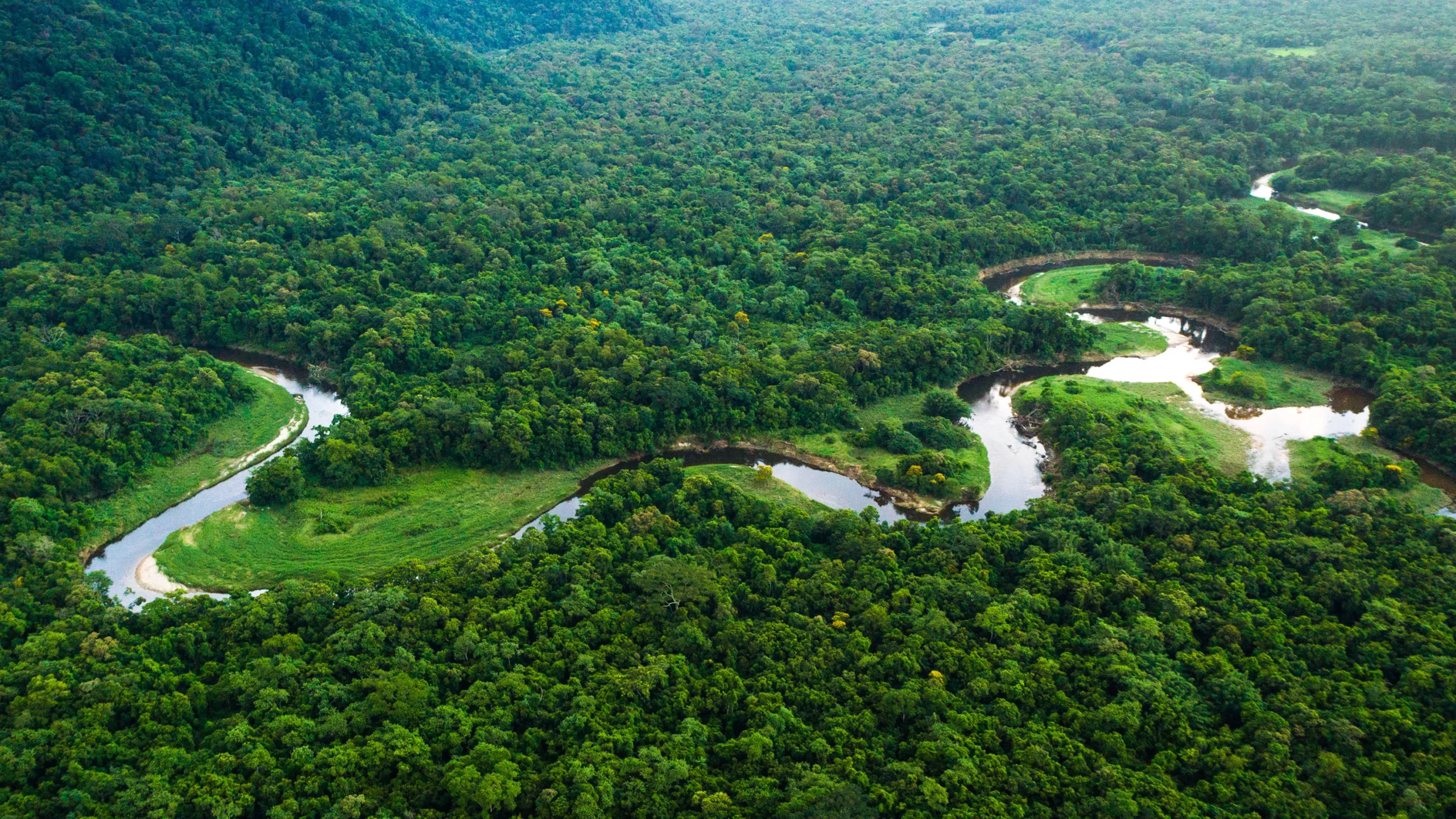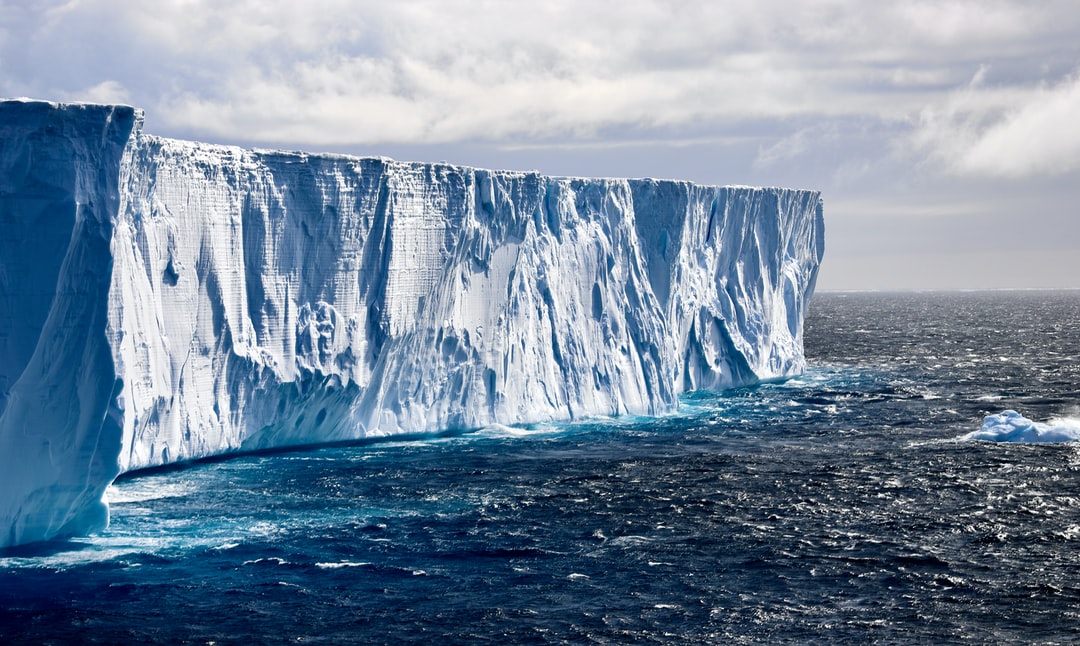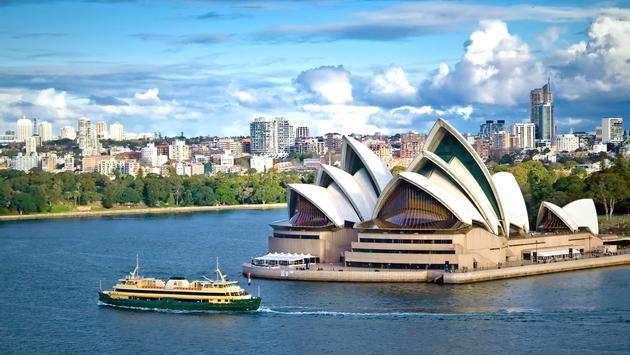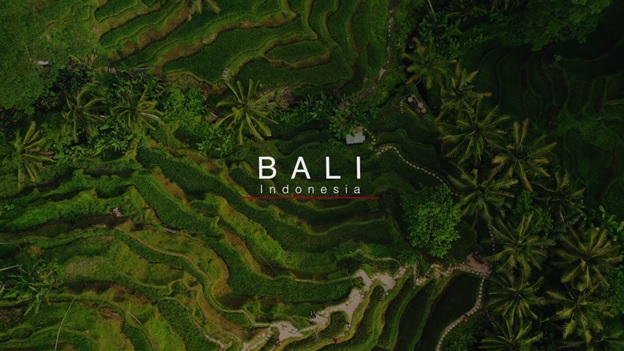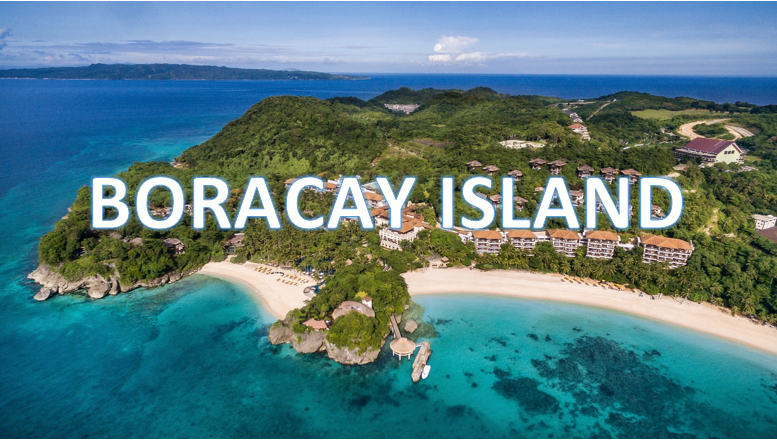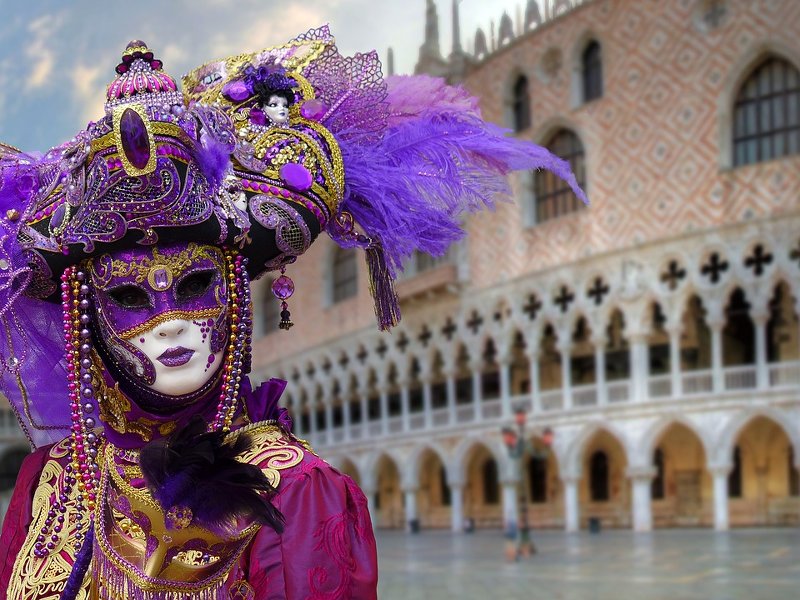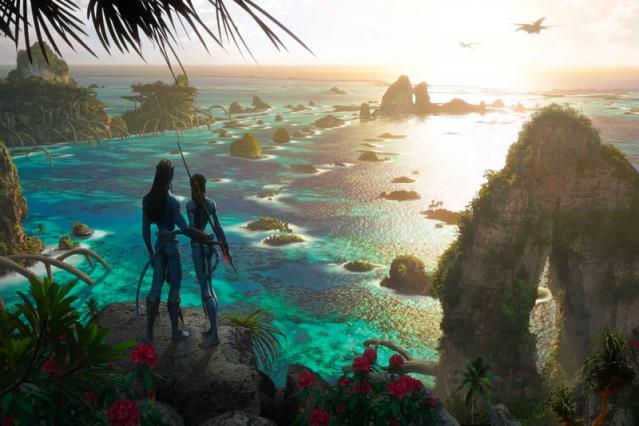Category: Landscape
Tags: 4k sample
Amazon Rainforest

Amazon Rainforest is without a doubt one of the most fascinating places. On the face of the globe, and it is one of the most visited. If you’ve ever seen images or video footage of the area. It’s easy to become entranced by its immensity and distinct natural environment.
If you’ve ever seen images or video footage of the area. It’s easy to become entranced by its immensity and distinct natural environment. There are numerous distinct qualities to be found in this rainforest. Because of the variety of flora, animals, and trees that can be found there.
The Amazon Rainforest is a massive tropical rainforest in northern South America. That covers an area of approximately 2,300,000 square miles. And is dominated by the Amazon River and its tributaries. It is the world’s largest tropical rainforest. Covering an area of approximately 2,300,000 square miles (6,000,000 square km).
In the north, the Guiana Highlands are bordered by the Andes Mountains. In the west, the Andes Mountains are bordered by the Brazilian central plateau. And in the east, the Atlantic Ocean bordered the Atlantic Ocean. Approximately 40% of Brazil’s total land area is occupied by the state of Parana.
Amazon Rainforest: Lungs of the Earth
The Amazon Rainforest is responsible for the production of more than 20% of the world’s oxygen. Which is why it is sometimes referred to as the “Lungs of the Earth” by environmentalists.
Despite the fact that it only covers 3.4 million square miles. Or less than 2 percent of the Earth’s surface. The Amazon produces more than 10 times the quantity of oxygen. That the rest of the world does!
World’s Largest Rainforest
 The Amazon is the world’s biggest
rainforest, larger than the next two largest rainforests in the Congo
Basin and Indonesia combined.
The Amazon is the world’s biggest
rainforest, larger than the next two largest rainforests in the Congo
Basin and Indonesia combined.
What is the size of the Amazon rainforest? The Amazon Rainforest. Which covers an area of approximately 2.3 million square miles. (6 million square kilometers), is the world’s largest tropical tropical rainforest. And the largest tropical rainforest on the planet.
At the end of 2020, the Amazon will have 526 million hectares of primary forest. Accounting for roughly 84 percent of the region’s total tree cover of 629 million hectares. To put this in perspective. The Congo Basin has approximately 288 million hectares of tree cover. And approximately 168 million hectares of primary forest. Whereas the combined tropical areas of Indonesia, Papua New Guinea, Malaysia. And Australia have 120 million hectares of primary forest and 120 million hectares of tree cover, respectively.
The History
When the continents merged as part of Gondwana. The Amazon River may have flowed westward as part of a proto-Congo river system. The Andes constructed 15 million years ago. When the South American and Nazca plates collided, creating the Andes. Andean rise, linking Brazilian and Guyana bedrock barriers. Stopped the river, turning it into an inland sea.
A vast swampy, freshwater lake grew out of this inland sea. And the marine residents adapted. It estimated that more than 20 stingray species exist. In the Amazon’s freshwaters, most closely linked to Pacific Ocean species.
About 10 million years ago, rivers began to flow east through the sandstone. This is when the Amazon rainforest began. Sea levels fell during the Ice Age. Causing the Amazon to dry up and flow into the Amazon River. Third-million- year-old sea-level decline exposed Central American isthmus. Allowing massive animal migration across the Americas.
Globally, the Ice Ages retreated tropical rain forests. Much of the Amazon reverted to savanna and montane forest. However this is debatable (see Ice Ages and Glaciation). It created “islands” in the jungle, allowing species to genetically differentiate.
At this period, even the vast Congo watershed was devoid of forests. Since then, the forest has re-joined. And the once-common species have diverged sufficiently to be classified as distinct species. Circa 6000 years ago, the river was once again swamped. This time by 130 meters of sea level rise.
Indigenous Tribes
Along also with thousands of diverse tree and animal species. The Amazon Rainforest is also home to 400-500 indigenous tribes. Making it one of the world’s most populous regions.
An estimated over 50 of these tribes have never had contact with the outside world. Demonstrating that there are still portions of the Amazon. That also uncontaminated by human activity and civilization.

